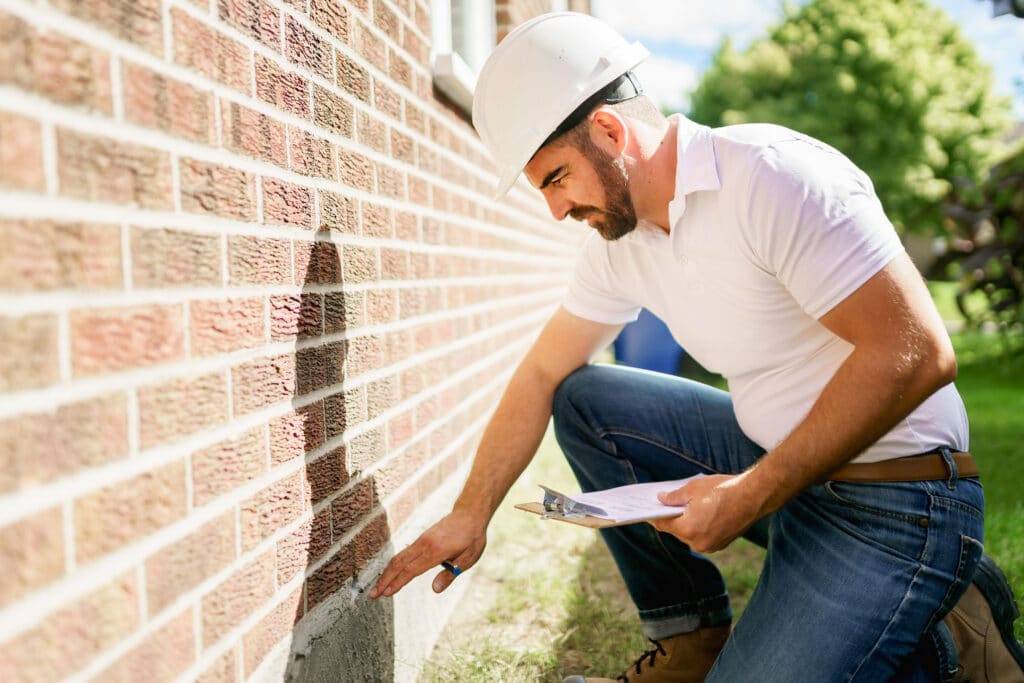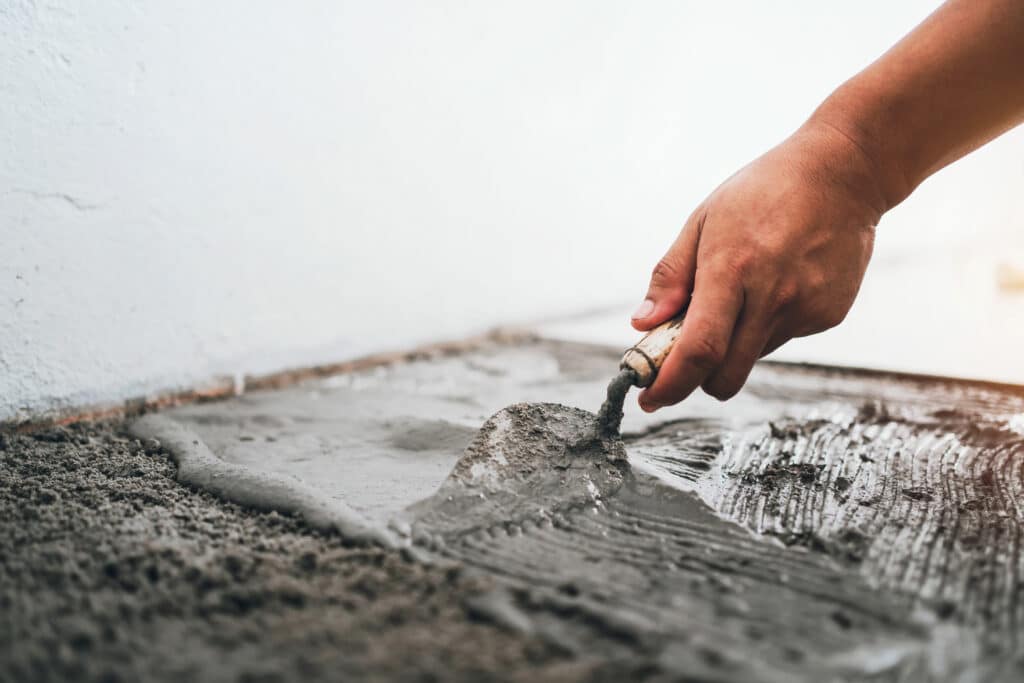Common Causes of Foundation Problems in San Diego
Foundation issues have multiple possible causes. Here are the most prevalent ones for San Diego residents:
- Improper modifications: Landscaping or roofing work that wasn't done properly could result in your foundation settling.
- Aging plumbing: The average San Diego home construction year is 1978. If you live in an older home, it's likely to have cast-iron plumbing. When the pipes start to erode, leakage could reach your foundation and even pool beneath it.
- Standing water: Water accumulation around your home can harm your foundation, especially when it collects in areas your gutter system doesn't cover.
- Tree Roots: Tree roots can intrude into a home's foundation through cracks, and may exert pressure that causes your foundation cracking, pipes rupturing, and overall structural weakening.
How to Choose the Best Foundation Repair Company
Your home's foundation is vital to its stability, so it's important to work with a quality foundation repair firm. Assess each company using the following factors:
Licensing and Experience
The Golden State issues many different kinds of contracting licenses, and foundation companies often have more than one. You can verify a company's licensing information through the Contractors State License Board, a division of the California Department of Consumer Affairs. Look for a company with a General Building Contractor, General Engineering Contractor, C-8 Concrete, or C-61 Pile Driving credential. To further understand your contractor's experience, we recommend asking questions about how its team will draft plans and pull permits, what local codes apply to your project, and how the company inspects foundations.
Another way to gauge a company's reputation is to examine its website. There, you can learn how long it's been in business and its trade qualifications. It might also share knowledge and insights through blog posts, podcasts, or videos.
Customer Reviews
We recommend looking into the company's Better Business Bureau (BBB) profile to determine whether it's accredited and has a positive customer review score. You can see whether other homeowners have shared satisfaction or filed complaints. Pay special attention to what customers say about company warranties. Remember that complaints don't necessarily mean a contractor is incompetent. The BBB shows how companies handle complaints. A responsive team that aims to achieve excellent outcomes is a good one. Don't work with a contractor if you don't see effective communication about problems.
Foundation Repair Cost in San Diego
The cost of foundation repair can range widely depending on the severity of the issues and what needs to be done to address them. For minor foundation fractures and settling issues, you may pay as little as $1,800. However, if there is considerable damage, the average cost will likely fall around $2,700. More complex jobs involving excavation, helical piers, or major mudjacking could cost $6,800 or more. This table shows the average foundation repair costs for common issues.
| Common Foundation Repair Services | Average Cost |
|---|---|
| Crack Repair | $321 |
| Leak Repair | $2,534 |
| Stabilization | $4,356 |
| Underpinning | $1,233 |
| Waterproofing | $2,794 |
Ready to Get a Quote on Your Foundation Repair Project?
Please enter a valid 5-digit zip code!
Frequently Asked Questions About Foundation Repair in San Diego
How much does foundation repair cost in San Diego?
What's the most popular foundation type in San Diego?
What preventive measures can I take to avoid foundation issues?
- Ensure your home's gutters and downspouts are in good condition and direct water away from your foundation to prevent water accumulation.
- Irrigate the soil around your foundation consistently, especially during dry spells, to prevent shrinking and expansion.
- If possible, grade the soil around your home to slope away from your foundation, promoting water drainage and reducing the risk of foundation issues.
- Keep an eye on your foundation for signs of damage, and repair any issues immediately.
Do I need to leave my home for foundation repair work?
That said, foundation repair crews use heavy machinery, and you'll occasionally experience loud noises or vibrations. If either of these will disturb you, you might prefer to leave and return when the crew is finished.
To share feedback or ask a question about this article, send a note to our Reviews Team at reviewsteam@thisoldhousereviews.com.
More Foundation Resources
National Foundation Repair Ranking Methodology
Sources
U.S. Census Bureau (American Communities Survey)
















